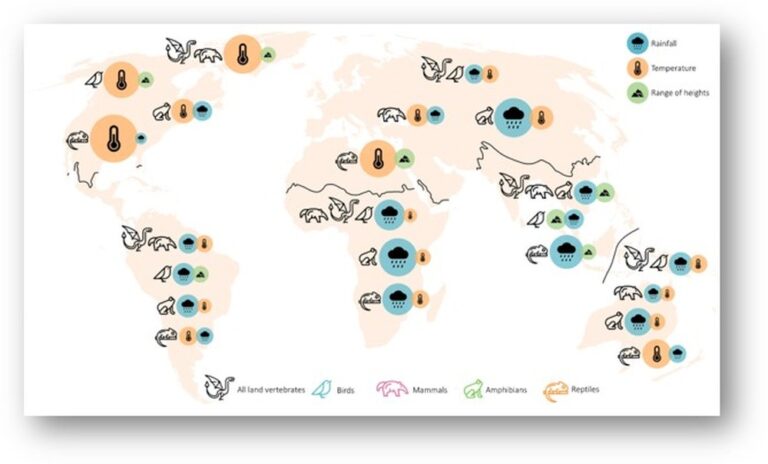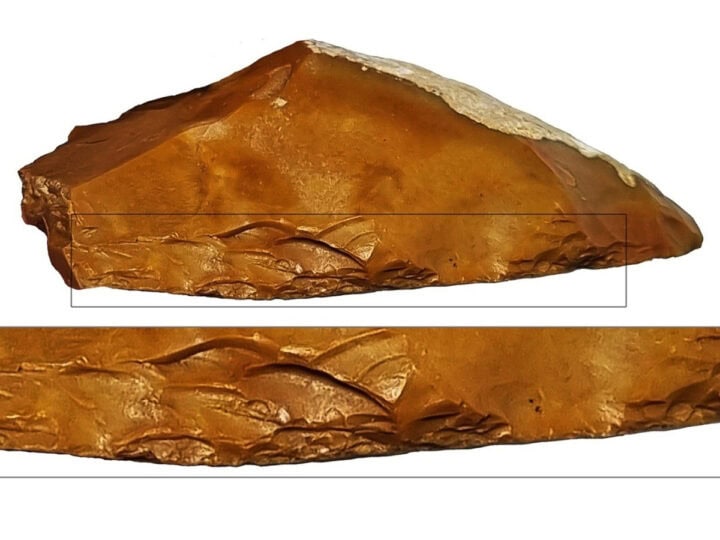Israeli researchers recently shed light on a question long on the minds of scientists: Why there are more animal and plant species in the tropics?
Using comprehensive data on thousands of different animals, they discovered that the answer lies in the combination of climate and topography.
The research, led by PhD student Tal Raz and Prof. Shai Meiri from Tel Aviv University, together with Prof. Uri Roll from Ben-Gurion University of the Negev, saw an international research group examine the distribution of 5,983 amphibian, 9,630 avian, 5,004 mammal and 8,939 reptile species. It was recently published in the Journal of Zoology.
The researchers found that while larger amounts of rainfall contribute to higher richness for amphibians, birds and mammals, more reptiles are found in warmer regions, regardless of rainfall.
Patterns are even more complex as species numbers increase with rainfall almost everywhere in the world – but in cold regions temperature has a more dominant effect.
“Until recently, we didn’t have enough data on where land vertebrates are found and thus on how many species are actually found in different areas of the world. Now, we have detailed data for reptiles, which we made available, along with publicly available data for other land vertebrate groups,” says Raz. “This allows us to accurately study global patterns and how they relate to the environment.”

Raz said the relationship between temperature, precipitation, and topography in shaping ecosystems is fascinating.
“In Africa, for instance—where temperatures are quite high all over, the varying rainfall plays a crucial role in determining the number of species. In Eurasia, both temperature and rainfall are highly diverse, making them both influential for species richness. But with all that, amphibians never forget their connection to rainfall, and reptiles hold onto their affinity for warmth,” he notes.
Roll cautioned that we live in an age of the biodiversity crisis. “If trends continue as they are, many of the plants and animals that share the Earth with us will not be here by the end of the 21st century due to destruction of their habitats, climate change, and other human effects.
“A better understanding of where biodiversity is found, and why we find it there, is fundamental for our efforts to conserve it. Moreover, works such as this highlight how life on Earth is a truly miraculous phenomenon, and should serve as a call to action to everyone to protect it.”

















